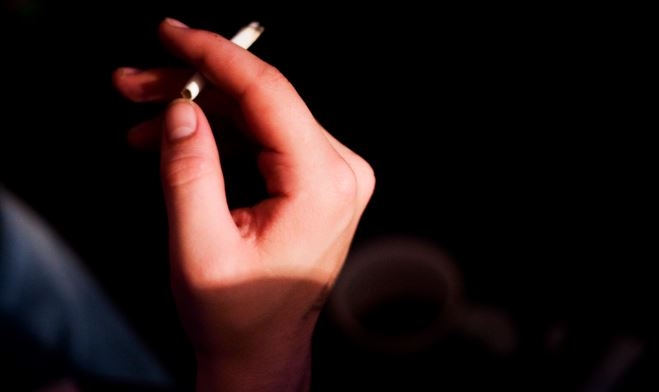No Indian meal is complete without rice or chapati or both. These staple elements of Indian cuisine are either a part of breakfast, lunch or dinner or all three. Roti can be made out of whole wheat flour or other whole grains. Rice comes in different varieties like brown, white, red, black with different processing method giving parboiled and mill rice. Both the food items have the same calorific value and carbohydrate content in them but nutritional value among them varies.
Let's compare the nutritional value of rice and roti and understand their health benefits:
Vitamins
Both rice and chapati provide Folate, a water-soluble B-vitamin. Rice is a better source of Folate than chapati.
Minerals
Each serving of chapatis provides you with calcium, phosphorus, iron and potassium, whereas rice provides the same amount of iron but less phosphorus, potassium and magnesium. Rice doesn’t contain any calcium.
Verdict
Chapatis contain more fibre, protein, micronutrients and sodium. Rice doesn’t contain any sodium. If you are watching your sodium intake, then rice will be a better option.
Digestion:
Rice is easier to digest because of its starch content, whereas roti digests slowly. However, due to slow digestion roti keeps you full for longer, which is a big plus for weight watchers.
Note: Both roti and rice can affect your health. You can balance your diet or weight by just limiting their quantity in your diet. As long as you can restrict your quantity intake, roti and rice do not matter.
No Indian meal is complete without rice or chapati or both. These staple elements of Indian cuisine are either a part of breakfast, lunch or dinner or all three. Roti can be made out of whole wheat flour or other whole grains. Rice comes in different varieties like brown, white, red, black with different processing method giving parboiled and mill rice. Both the food items have the same calorific value and carbohydrate content in them but nutritional value among them varies.
Let's compare the nutritional value of rice and roti and understand their health benefits:
Vitamins
Both rice and chapati provide Folate, a water-soluble B-vitamin. Rice is a better source of Folate than chapati.
Minerals
Each serving of chapatis provides you with calcium, phosphorus, iron and potassium, whereas rice provides the same amount of iron but less phosphorus, potassium and magnesium. Rice doesn’t contain any calcium.
Verdict
Chapatis contain more fibre, protein, micronutrients and sodium. Rice doesn’t contain any sodium. If you are watching your sodium intake, then rice will be a better option.
Digestion:
Rice is easier to digest because of its starch content, whereas roti digests slowly. However, due to slow digestion roti keeps you full for longer, which is a big plus for weight watchers.
Note: Both roti and rice can affect your health. You can balance your diet or weight by just limiting their quantity in your diet. As long as you can restrict your quantity intake, roti and rice do not matter.
























